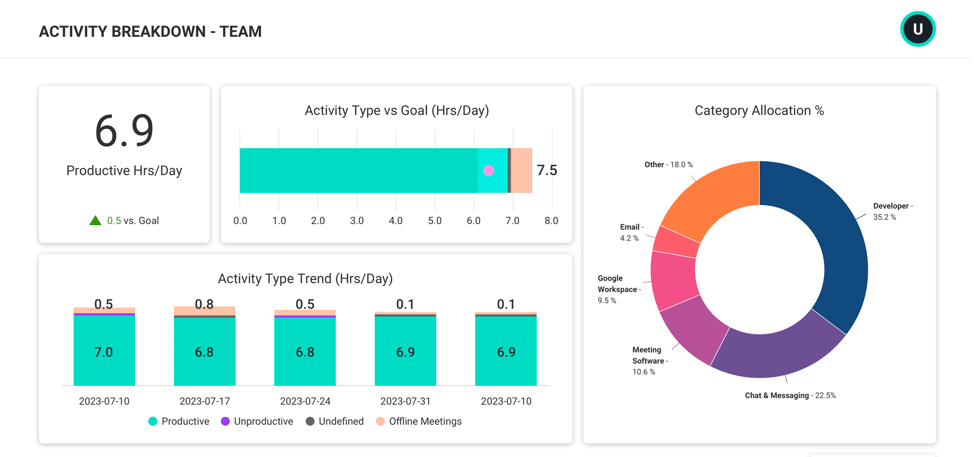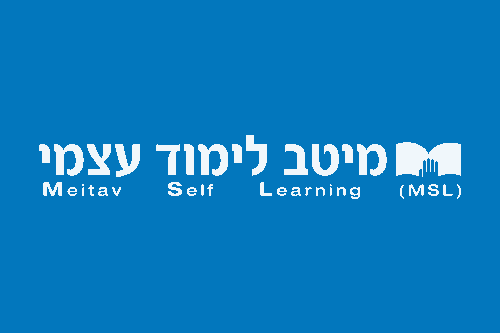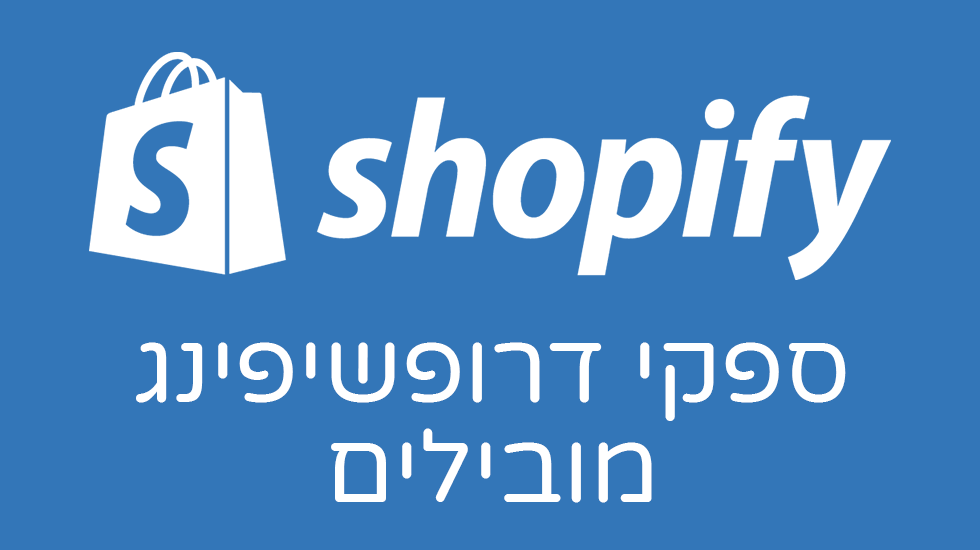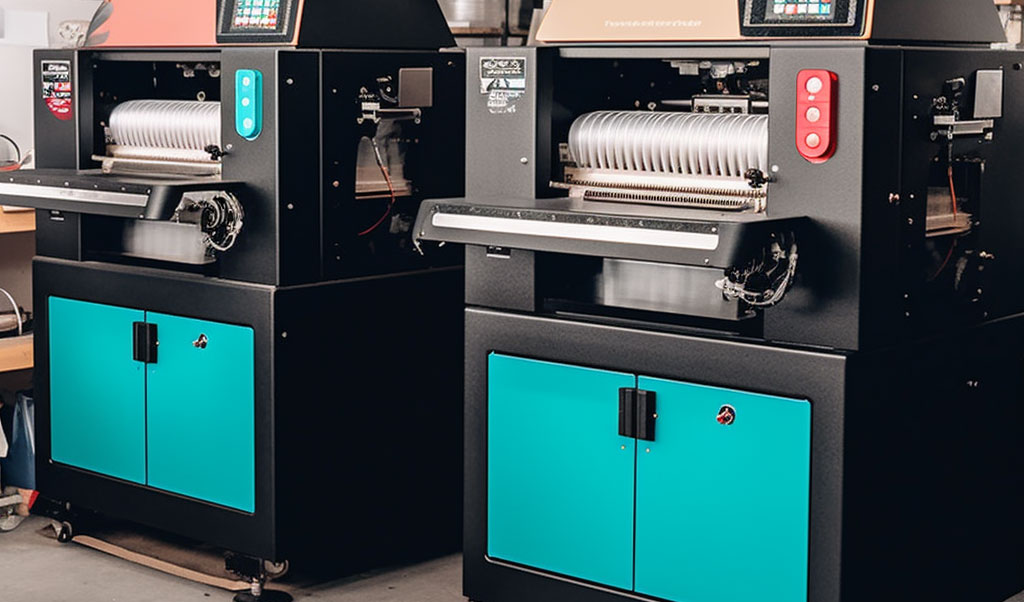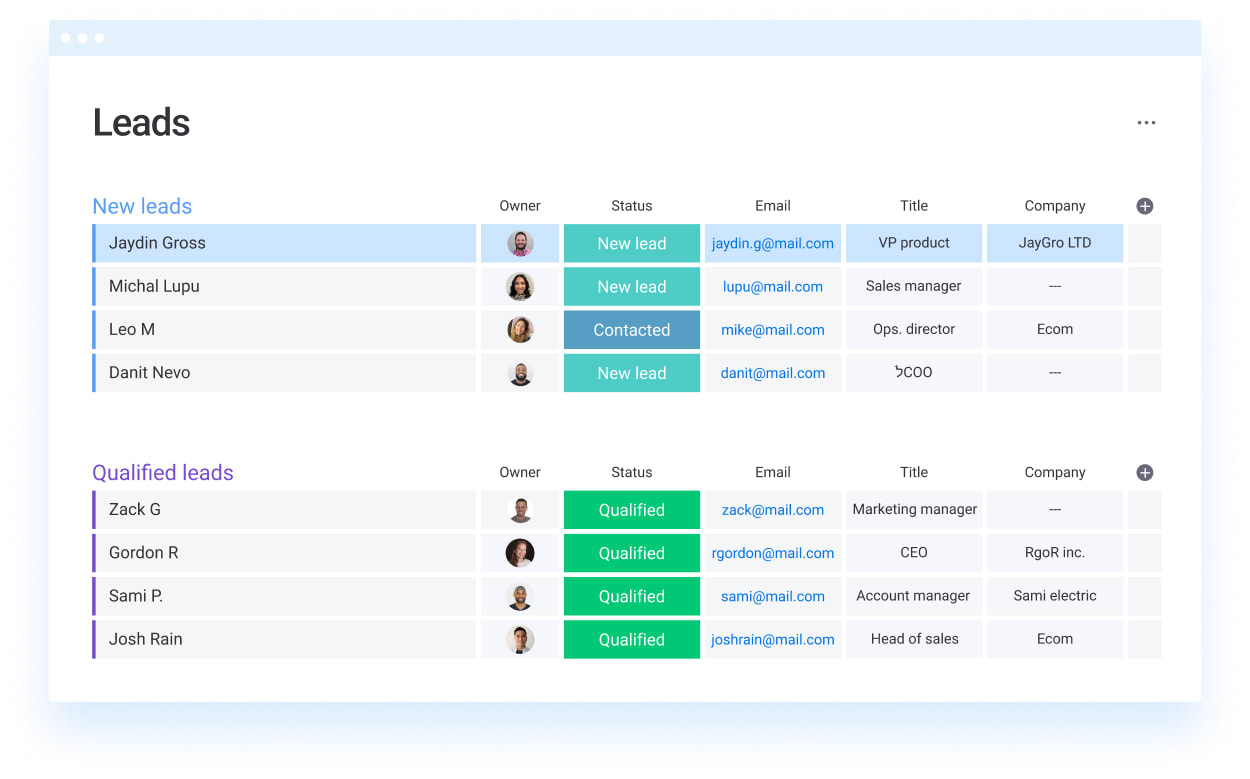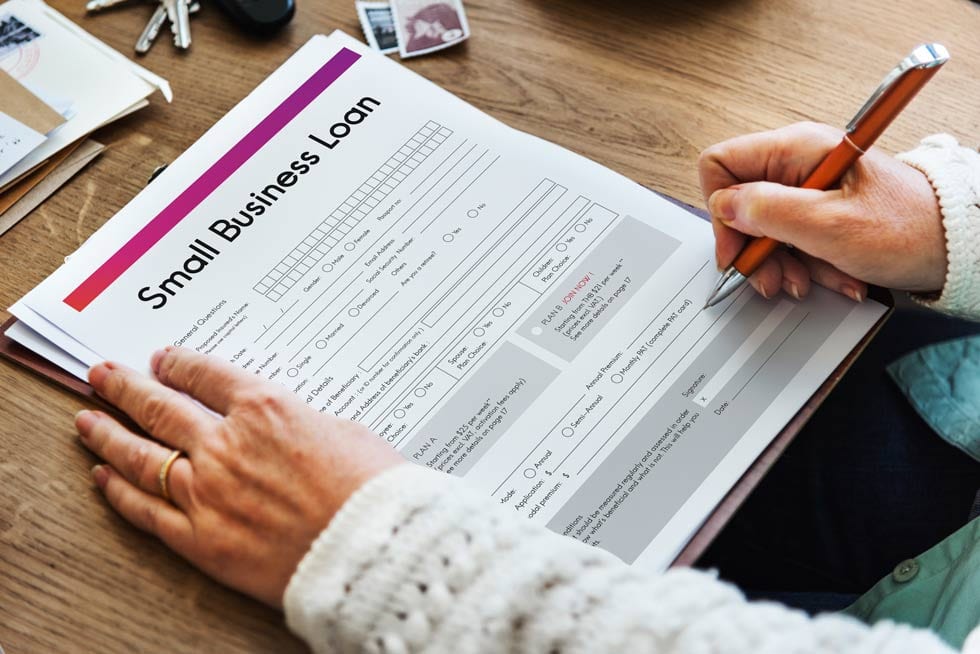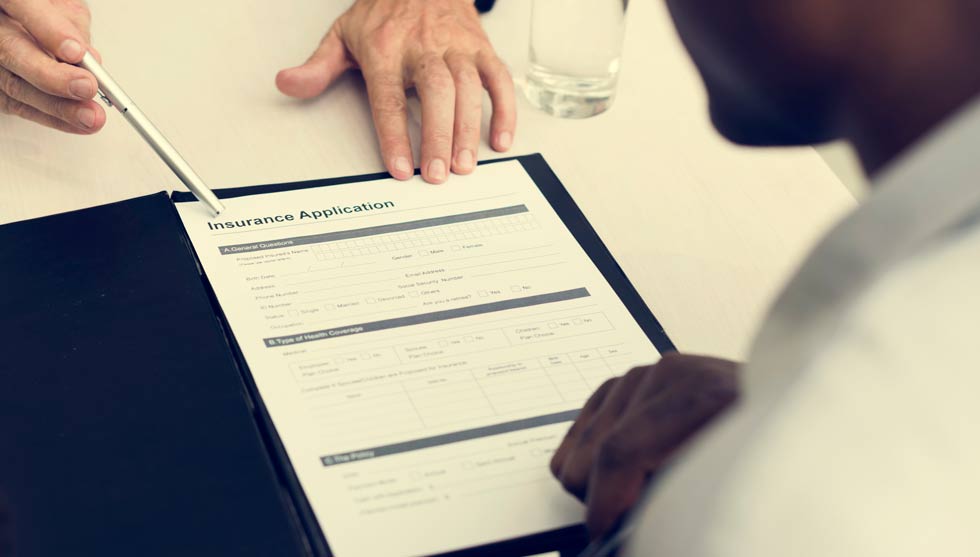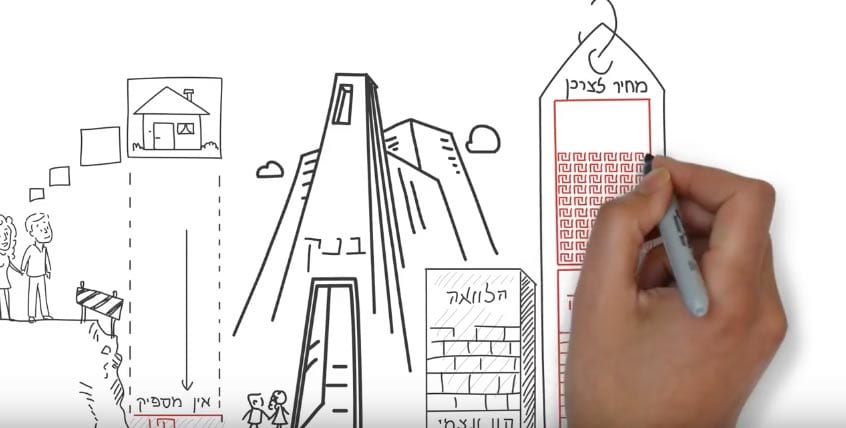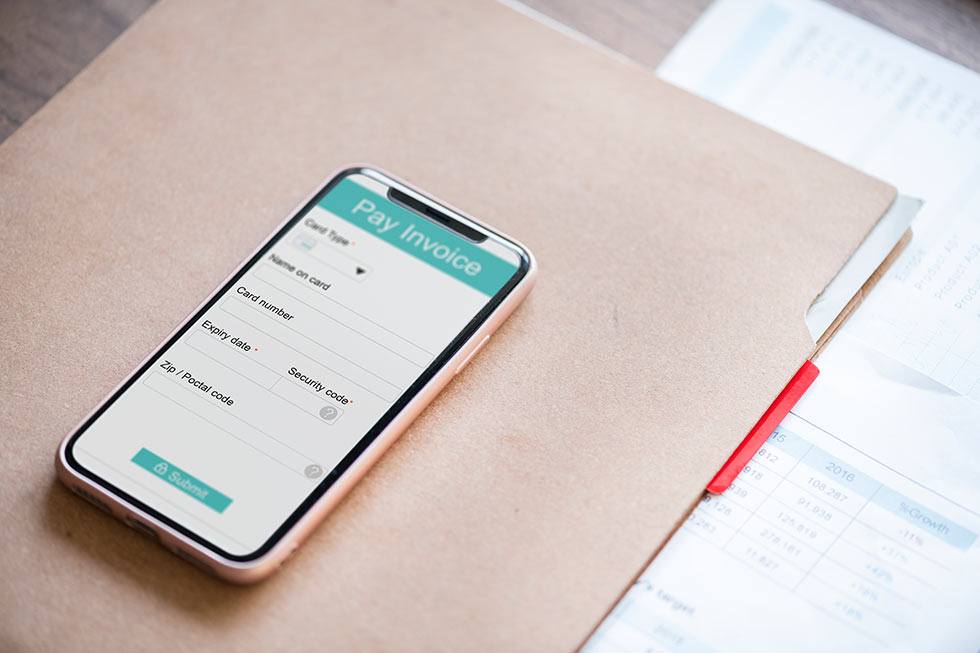introduction
1. Payment method
(Banknotes held by the banks are not part of the means of payment).
| If, for example, the total cash in the hands of the public amounts to | 1 meter NIS |
| And the total current accounts in the hands of the public amounts to | 2 meters of NIS |
| So the total means of payment in the country amounts to | 3 from NIS |
In the rest of the chapter we will use the word money as a substitute for means of payment (money = means of payment).
2. The money base
The total amount of money bills (the cash that the central bank issued).
Most of them are in the hands of the public and are part of the means of payment.
Some of them are in the hands of the banks and are used as a reserve. The cash in the hands of the banks is not part of the means of payment.
3. Annual return
The annual yield is the annual profit in percentages that we receive from a bond in our possession (or from any other investment channel).
We will explain and illustrate with an example:
The Dell company issues a series of bonds due in one year.
The price of a bond is 100 NIS and it pays 6% interest at the end of the year.
Whoever buys the bond on the first day at a price of 100 NIS will earn 6% per year (buys for 100 NIS and will receive 106 NIS at the end of the year ( principal + interest).
The profit of 6% is the annual yield.
If the next day, for some reason, there is hysterical demand for the bond and the price rises from NIS 100 to NIS 102, then whoever buys it the next day for NIS 102 H will receive a yield of only about 4% , since he will earn by the end of the year only 4 NIS (bought for 102 NIS and will receive 106 NIS at the end of the year), which is approximately 4% `[4/102=]` .
The annual yield is, as mentioned, the annual profit in percentages that we receive from the bond (or from any other investment channel).
If the price of the bond had jumped to 104 NIS on the first day, then the person who bought it for 104 NIS would only remember a return of approximately 2% `[2/104=]' .
If, on the other hand, due to hysterical supply, the price of the bond drops the next day to 95 NIS, then the person who buys the bond the next day at 95 NIS, will receive a yield of approximately 11.5% `[11/95=]` (Buy for 95 NIS and will receive 106 NIS at the end of the year, a profit of 11 NIS on an investment of 95 NIS).


